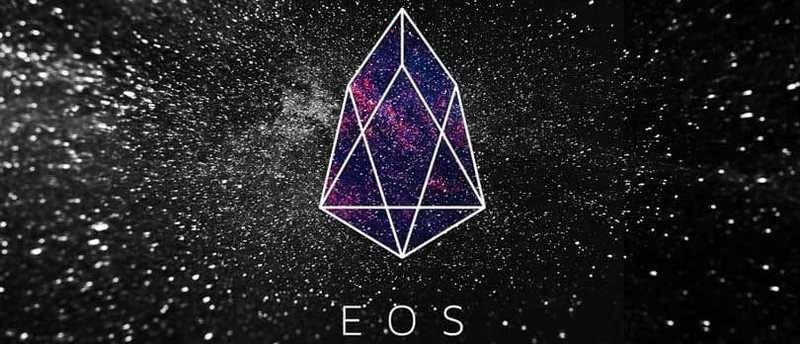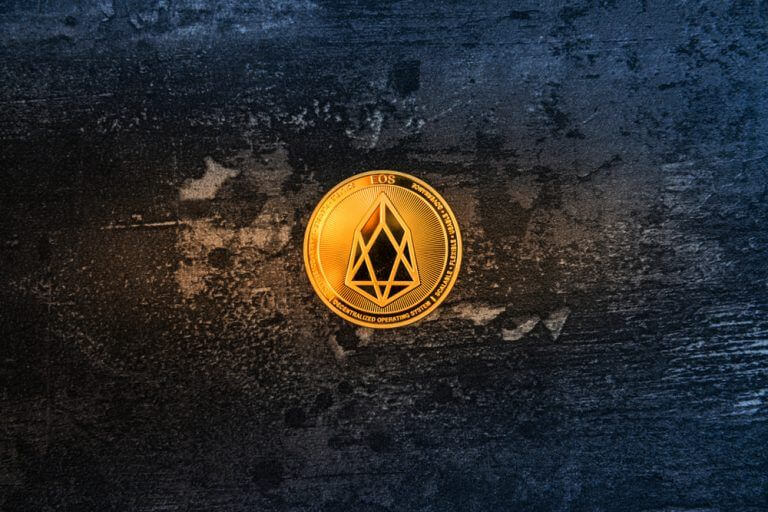

In an industry of divisive projects, EOS is one of the most controversial blockchain ventures on planet Earth. Founded last year by Dan Larimer (creator of Steemit and Bitshares), EOS performed a year-long ICO. During this time they advertised wantonly and saw investors buy EOS during the market’s white-hot 2017 performance.
EOS raised $4 Billion at ICO. For scale, that’s slightly more than the annual gross domestic product of Liberia. And while this is a success by any measure, this juggernaut of an ICO is where EOS’s problems start.
What Is EOS?
Put simply, the EOS protocol is a powerful decentralized computer that uses blockchain to operate. People can buy up this computer’s resources for various projects, like dApps (decentralized applications). EOS tokens are used to pay for these transactions (and for other blockchain-specific purposes) and are purchased as assets by investors.
EOS’s Potential Problems
A global decentralized computer is a great idea. Some call EOS the #1 blockchain. However, EOS has many competitors (Ethereum (ETH), NEO (NEO), Golem (GNT), Elastos (ELA), to name a few). None of these projects is doing exactly what EOS does, but any of them could make EOS obsolete if sufficiently successful.
Does EOS Have Too Much Money?
Even so, EOS’s $4 billion war chest is a noteworthy advantage. But what do they need all this money for? What can they create with $4 billion dollars that couldn’t be made with $100 million? Unfortunately, EOS is a bit murky on this subject. To say the least, the company is enthusiastic to raise funds, but reticent to express concrete goals for which those funds will be spent.
Will EOS Become an Oligarchy?
Adding to the EOS controversy is EOS’s centralized nature, relative to highly decentralized blockchains like Ethereum. Ethereum has nodes all over the world, numbered in the thousands. EOS has 21 block producers. All new EOS introduced to the world goes to these individuals first – yearly sums measured in the tens of millions for each individual/entity.
Block producers are elected by EOS stakeholders – those willing to lock their EOS into the blockchain for specified periods of time. One EOS = one vote. That sounds well and good until you realise that those with the most EOS tokens have the greatest voting power. And who has the greatest access to new EOS tokens? The block producers who control the supply!
Many crypto theorists decry this system as a recipe for oligarchy.
Is EOS Decentralized?
As you might have ascertained, with only 21 block producers, EOS is moderately-to-heavily centralized. In a conventional blockchain, one or two bad actors won’t cripple a project because the other thousands of actors can stand against them. But what happens if 11 EOS block producers collude to compromise the project for their own gain? It’s not an unreasonable possibility.
Even so, EOS is humming along just fine. Exciting projects are being developed, and the community is charged, despite the low EOS price and the aforementioned controversies. In some ways, issues like centralization are an advantage for EOS – allowing greater transaction speeds and scalability than Ethereum in its current form. But it’s also possible that these worries will decay into true vulnerabilities.
For investors, the future of EOS seems to be feast of famine. Only you can decide what you think comes next.
Featured image source: Flickr

